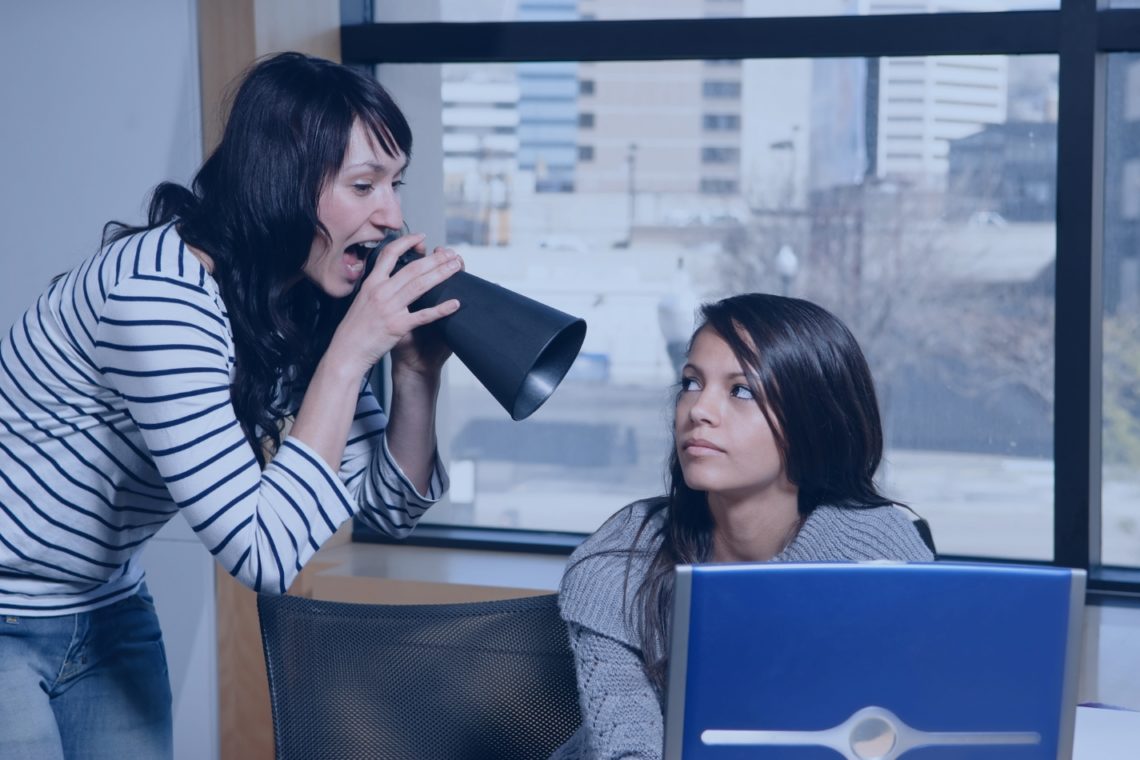By: Felecia Brasfield
The productivity of staff is essential for the success of any business. Workplace distractions cause breaks in concentration and decrease productivity. A significant challenge for managers is finding ways to increase productivity and eliminate employee distractions.
70 – 90% of employees report feeling distracted during their workday, with the average employee experiencing over 50 disruptions a day. Even more concerning is how long it takes an individual to get refocused after being interrupted. It takes on average 2 hours to shift the attention back to their work.
Effects of Distractions at Work
The biggest problem with distractions is they are directly correlated with a loss of productivity. These employee distractions wreak havoc in many ways. They inadvertently influence concentration and performance, which results in more mistakes being made by the individual.
Cost of Workplace Distractions
Not using time efficiently means a loss in revenue and increased operating costs. It takes workers longer to get their tasks completed, which means the business ends up spending more money. Reports show that American companies lose as much as $650 billion each year due to distractions in the workplace.
Every time someone asks, “have you got a minute” it breaks concentration. Research suggests that the price of time lost by a single distraction is about 23 minutes, even if the conversation only lasts for 5 minutes. Most workers do their best work when they are focused, and these mental distractions may result in hours of work lost each day.
Why Eliminate Employee Distractions?
3 out of 4 workers surveyed admit they feel distracted at work, and 16% of those surveyed report feeling constantly distracted at work.
- 54% aren’t performing as well as expected
- 50% are significantly less productive
- 20% are not able to reach their full potential and advance in their career
Examples of Distractions
Noises & Chatty Coworkers
All workplaces have continual noises and sounds that can break concentration. Hearing someone talking on their phone, others eating while working, machines beeping, or overly chatty coworkers can disrupt attention. Any or all of these can cause issues if workers have sensitive hearing or weak mental focus.
Multitasking
Common sense may imply that working on several tasks at once results in finishing work faster. However, multitasking is a significant element in lost productivity. Eventually, the constant switching between activities leads to assignments not being completed.
According to the Harvard Business Review, productivity diminishes by 40% when individuals try to focus on several tasks at once. Multitasking reduces energy, focus, and productivity because the human brain cannot handle working on tasks concurrently.
Multitasking increases stress and causes IQ to drop by as much as 10 points.
Breaks
Building relationships with coworkers is important to many modern-day employees. Taking breaks together is one-way workers cultivate these relationships. Some employees like to take their meal breaks together, while others prefer shorter times like smoke breaks or water-cooler cronies. Breaks taken in groups become troublesome if it causes employee output to dwindle.
What You’d Rather be Doing
Some distractions are more internal and not necessarily work-related. Thinking about the next family vacation or worrying about responsibilities not completed at home can take your mental focus somewhere other than work. Even office birthday parties and holiday celebrations offer opportunities for employees to linger and not return to work promptly.
Technology Distractions
Various technological distractions interfere with a worker’s focus throughout the day. These include cell phones, text messages, emails, app notifications, and social media. Deloitte shared that the average individual checks their smartphone 54 times a day. With every ping or vibration comes a small amount of suspense, even if there’s nothing important to see or hear.
How to Avoid Distractions & Stay Focused
Improved Employee Habits
Workers can train themselves to have better habits in the workplace to increase productivity. Encourage workers to take shorter breaks throughout the day and not dwell on non-work-related tasks. Short breaks are necessary to keep employees mentally efficient. Set a good example by taking short walks or stepping outside for 5 minutes every couple of hours. This will help eliminate employee distractions.
Working in blocks of time aids in minimizing interruptions from our overly connected society. They can help block out external and internal distractions to some extent. Time blocking means setting aside a set number of minutes or hours for a specific task and making an effort not to allow disruptions during that time frame. After each time block ends, take a break intentionally.
Diminished Technological Distractions
Checking emails can quickly turn into surfing the web, and looking at a text message can easily result in a social media app adventure. It’s crucial not to linger when checking emails or looking at messages. Turn off notifications for messages, emails, and other coworking apps that don’t require immediate attention. Even if they can’t be eliminated, they can usually be silenced.
The urge to constantly check the phone is substantial and if it can’t be controlled, remove the phone from sight. Please put it in a nearby drawer or keep it hidden in a bag. Having the phone in eyesight makes it more tempting to check communication or hop on social media.
Need To Fill Roles In Your Company?
Fill Out Our Employee Request Form
Bottom Line
The workplace offers a variety of distractions that contribute to a diminished lack of focus and productivity. While workplace distractions won’t ever go away completely, steps can be taken to help reduce them. It’s essential to understand the common interruptions and find the best ways for them to be addressed. Eliminating employee distractions sets the stage for a more efficient and dedicated workforce.


Leave a Reply